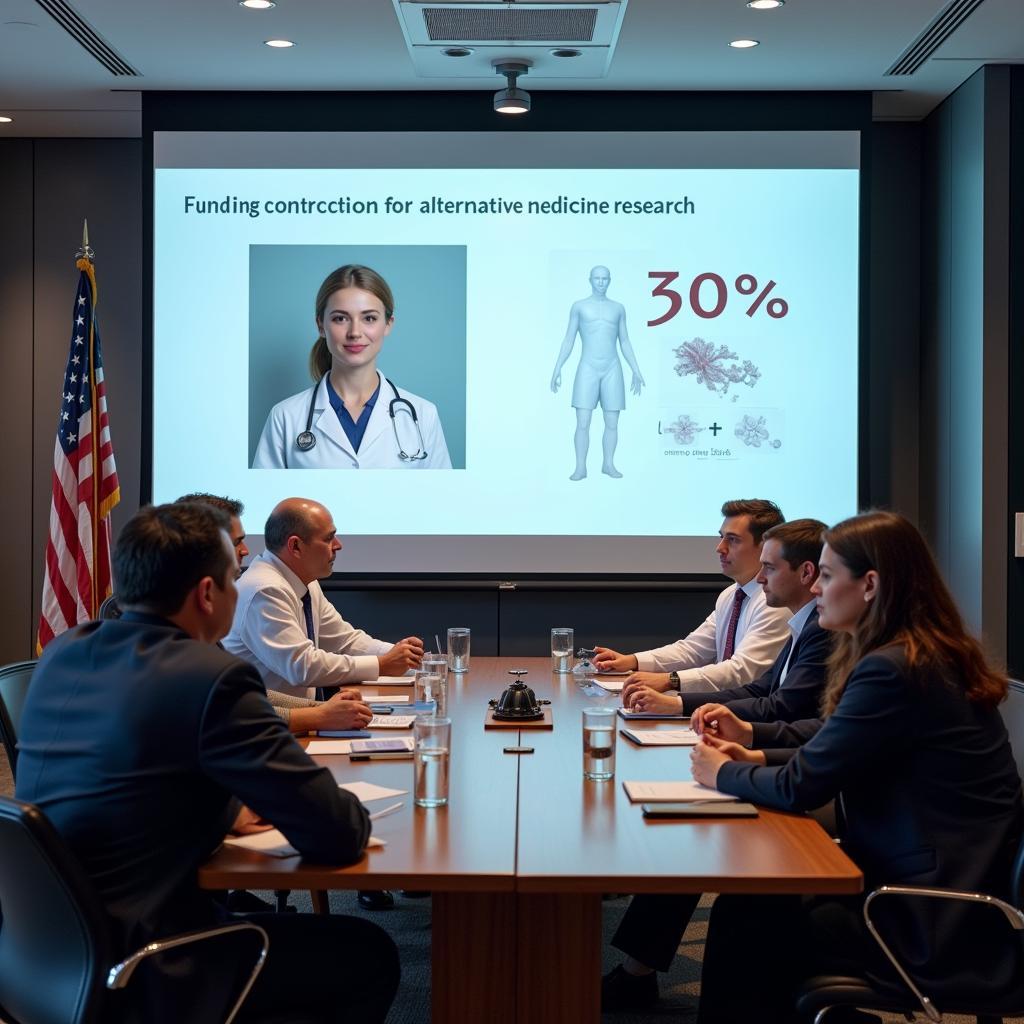The increasing interest in alternative medicine has sparked debates about government funding for research in this field. Similar to How education can mitigate cultural conflicts, understanding different medical approaches requires careful consideration and analysis.

Passage 1: The Rise of Alternative Medicine
Alternative medicine has gained significant popularity in recent decades. According to recent surveys, approximately 40% of adults in developed countries use some form of complementary or alternative medicine. This increasing trend has led to calls for more rigorous scientific investigation into these traditional healing methods.
Traditional medical practices, which have been preserved through generations much like The role of education in preserving indigenous cultures, often face scrutiny from modern science. However, their persistent use across various cultures suggests potential benefits that warrant further exploration.
Questions 1-5 (Multiple Choice)
- What percentage of adults in developed countries use alternative medicine?
A) 30% B) 40% C) 50% D) 60%
[Continue with remaining passage text and questions…]
Passage 2: The Scientific Perspective
The debate over government funding for alternative medicine research involves complex considerations about evidence-based practices and resource allocation. Scientific institutions must balance traditional knowledge with modern research methodologies.
Much like The importance of preserving endangered languages through education, preserving and studying traditional medical knowledge requires systematic documentation and analysis.
Questions 6-10 (True/False/Not Given)
[Questions continue…]
Passage 3: Economic and Policy Implications
The financial implications of government funding for alternative medicine research extend beyond immediate research costs. Policy makers must consider potential healthcare savings, public health outcomes, and economic impacts on both conventional and alternative medicine sectors.